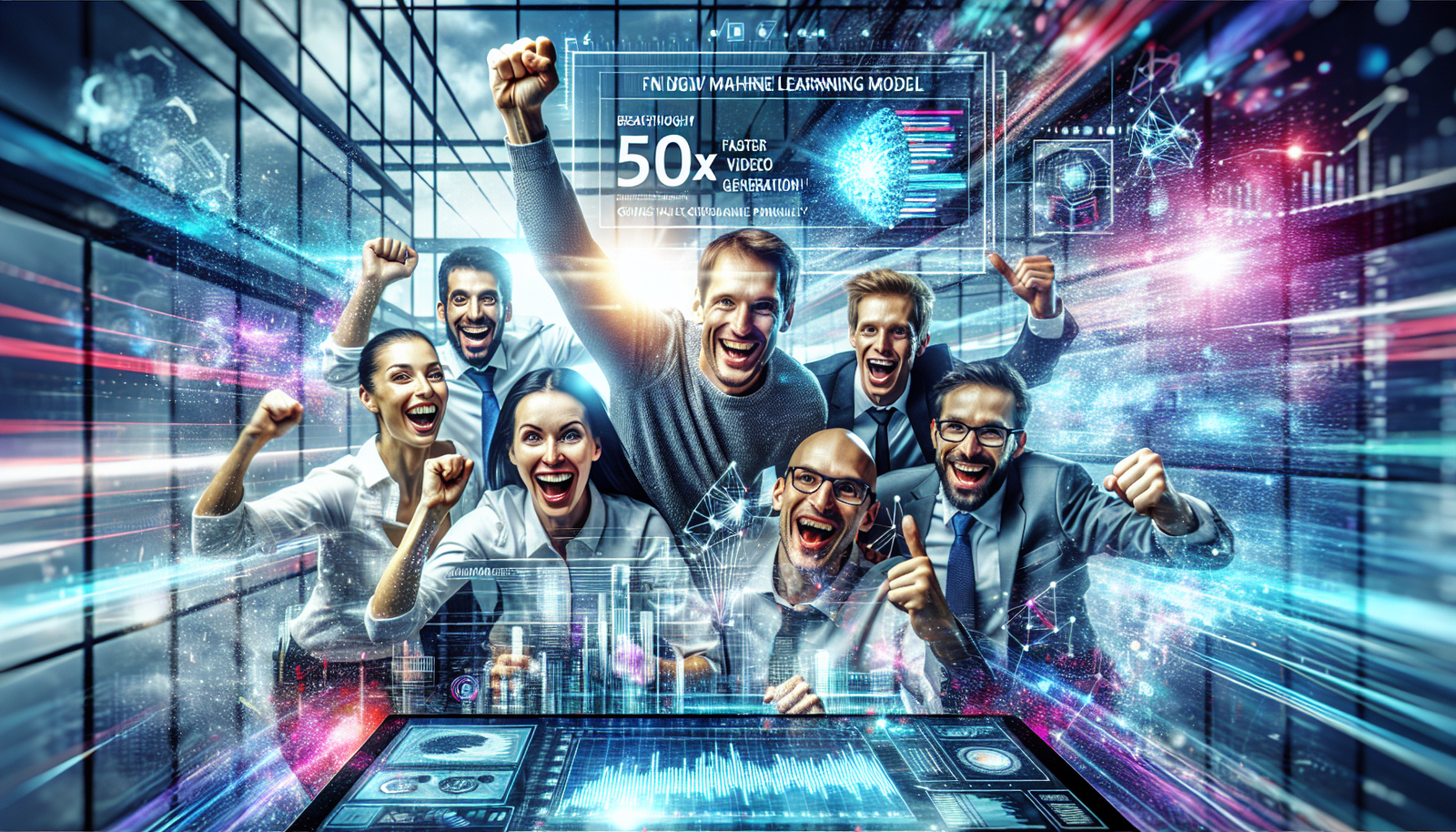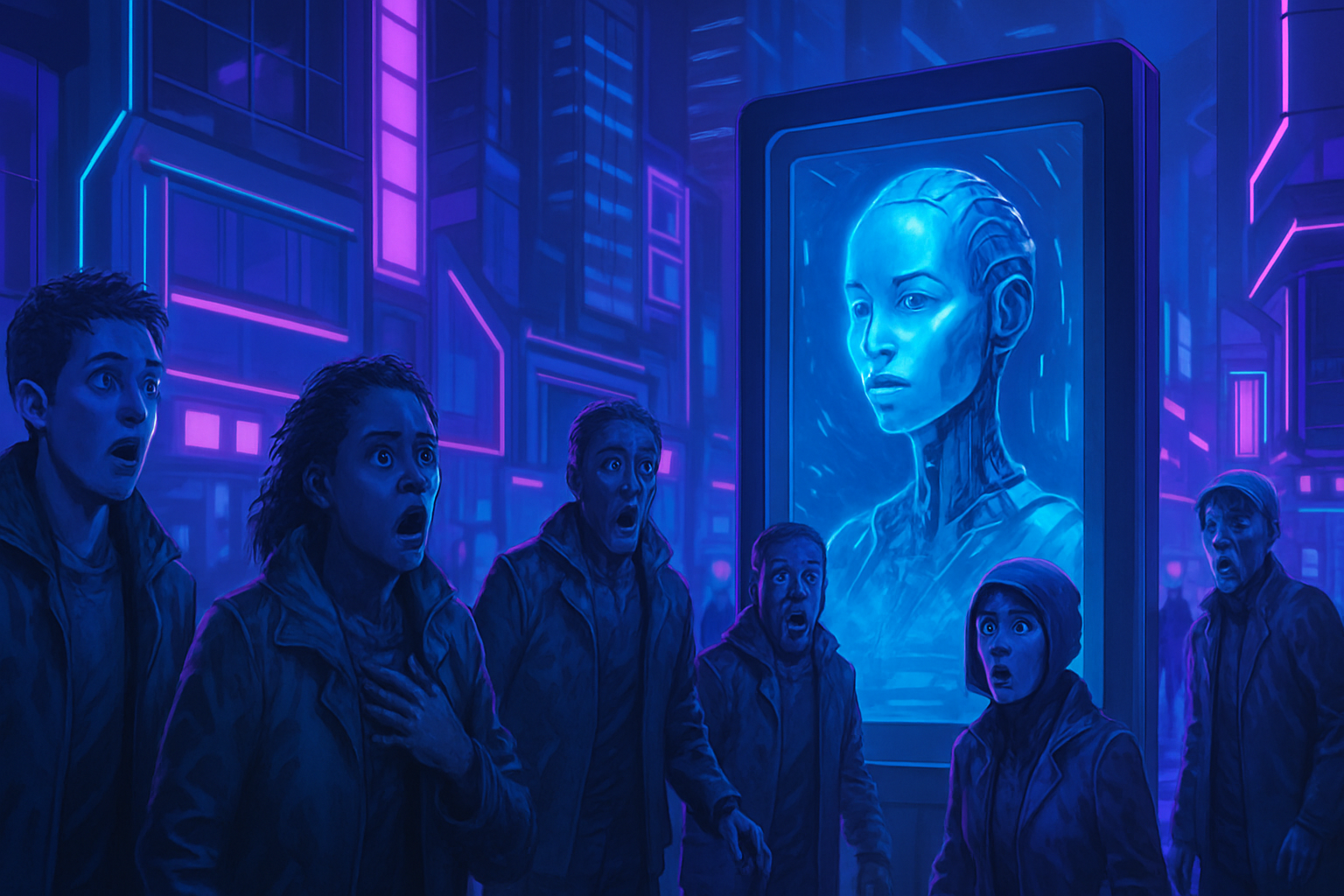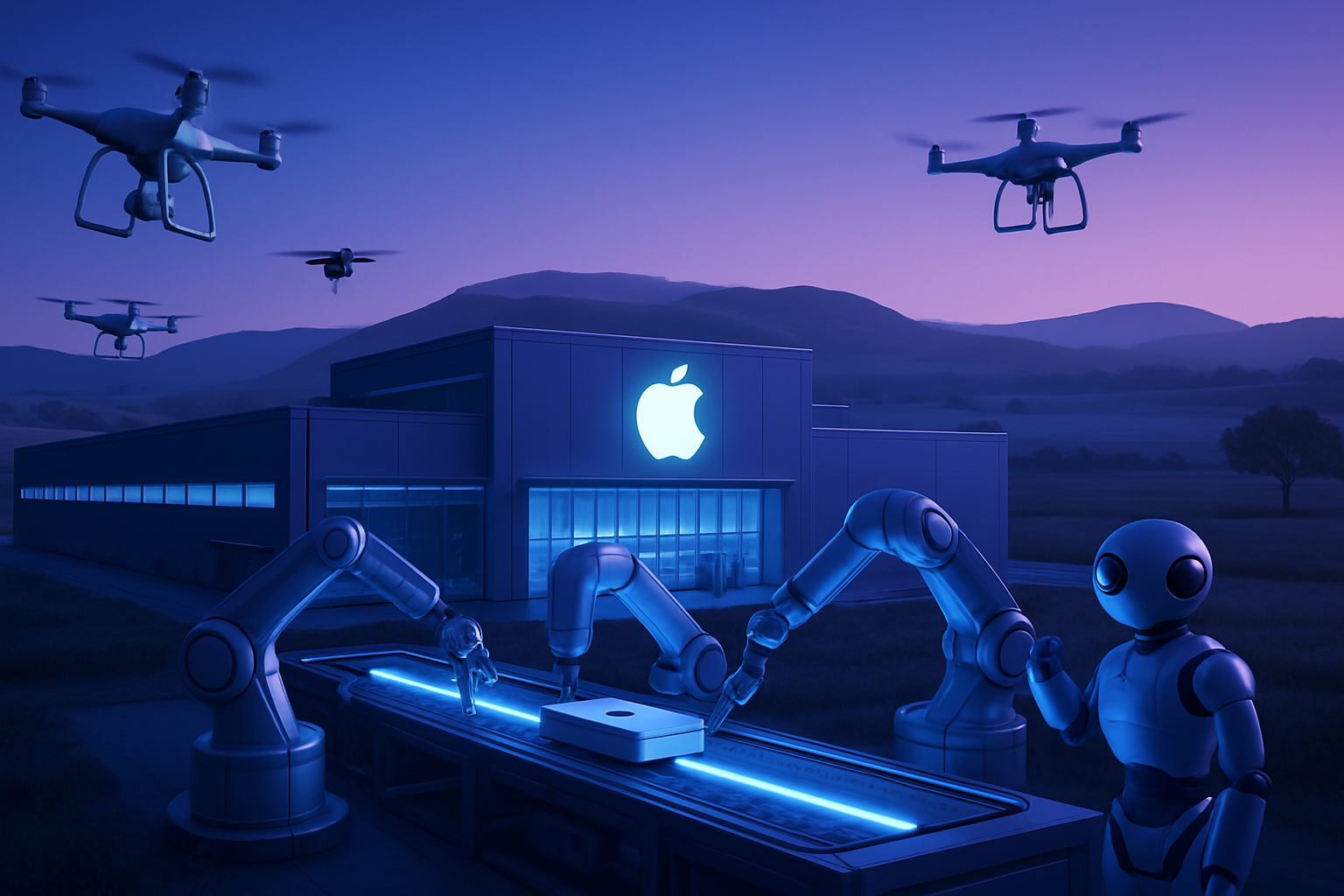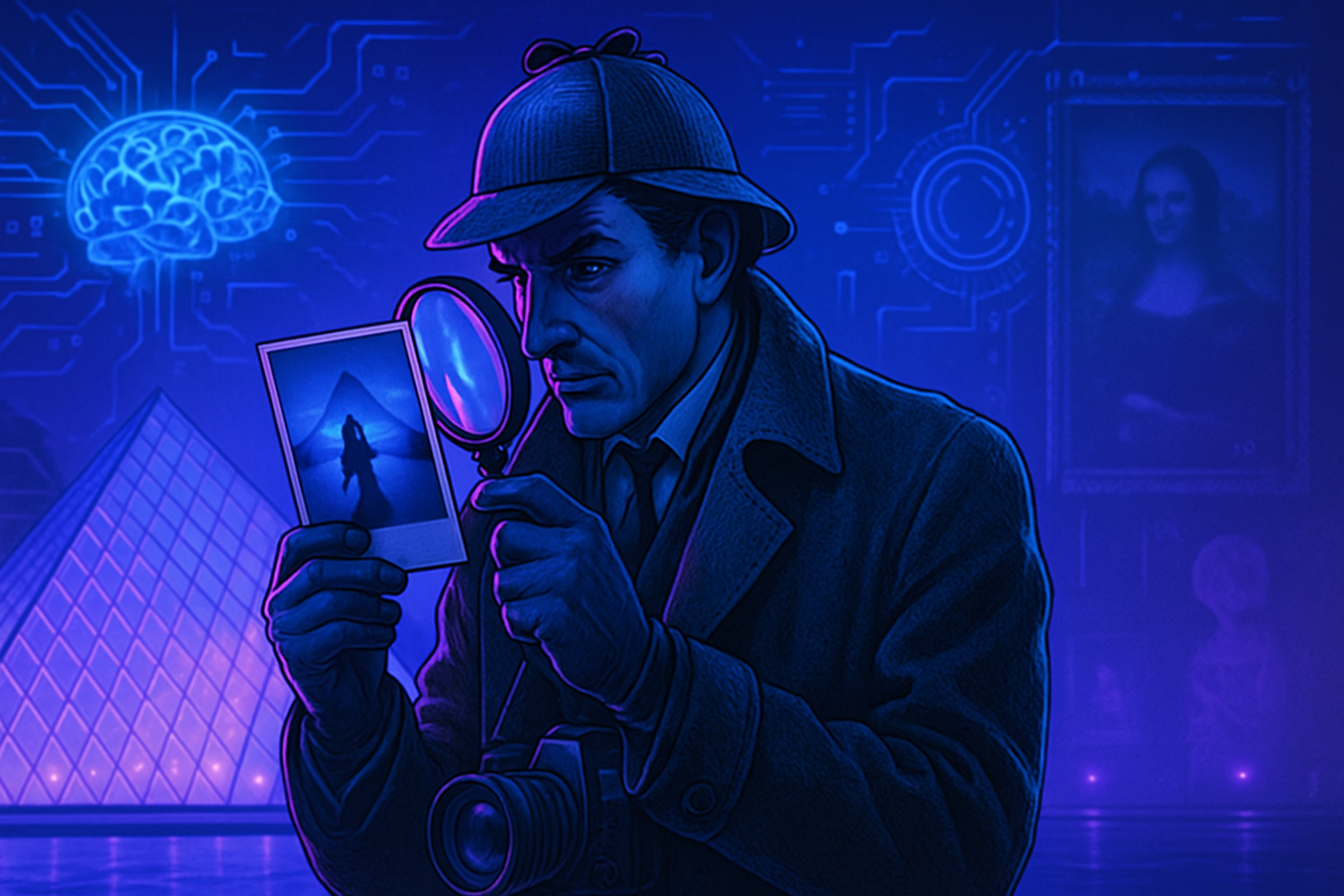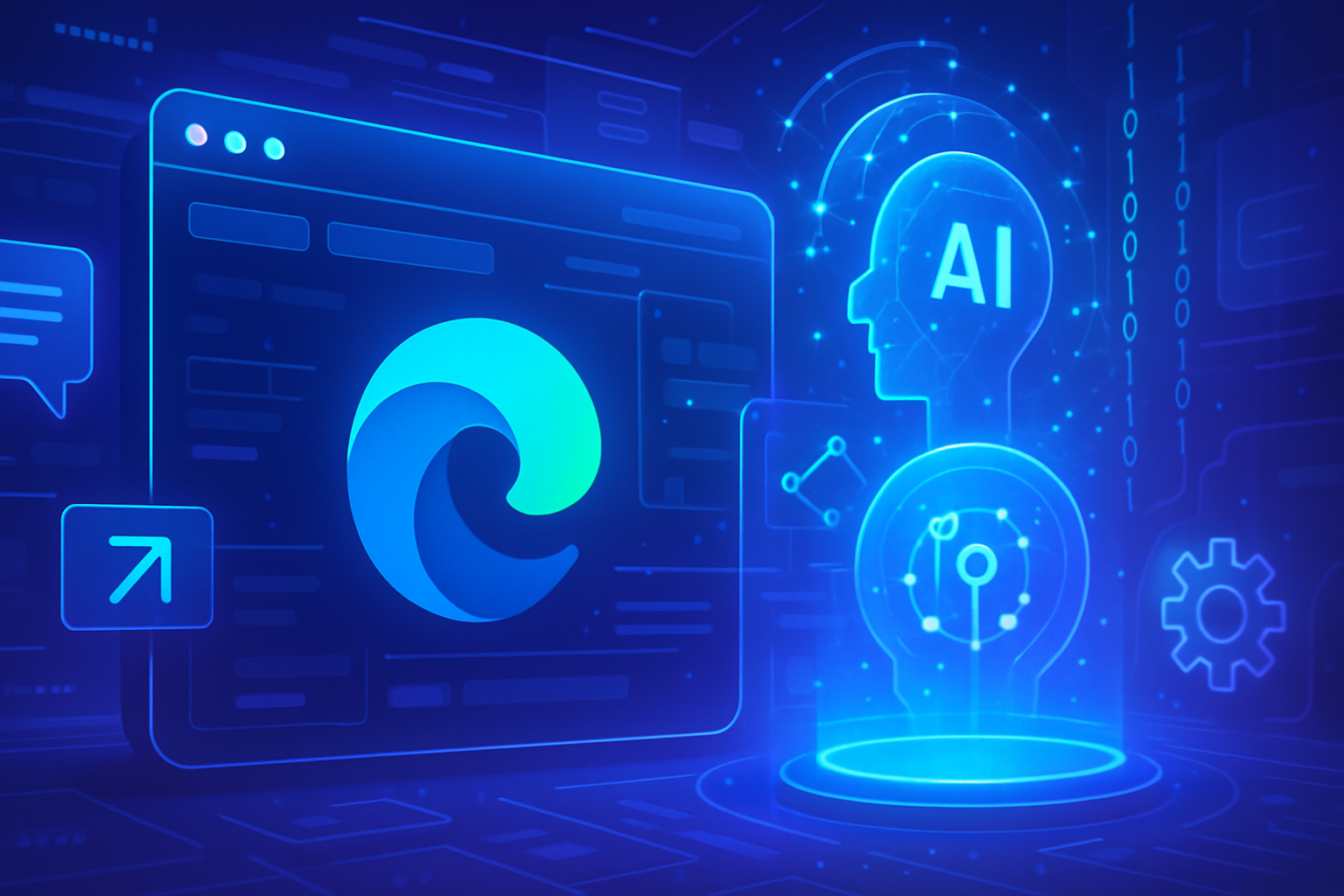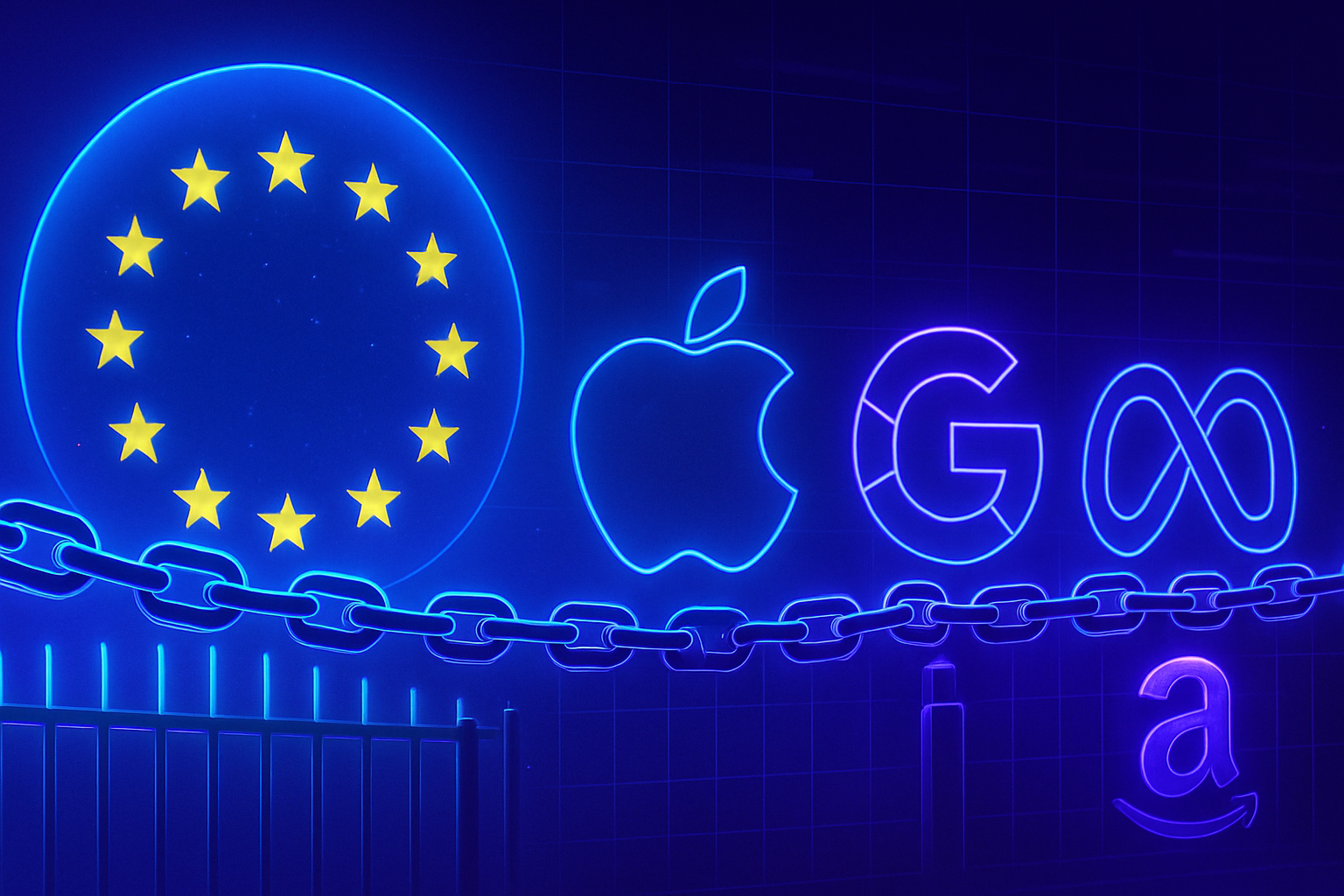OpenAI unveils its sCM model, a significant breakthrough that redefines video generation. This new tool leverages a network of over 1.5 billion parameters, offering unmatched speed. Indeed, it manages to *produce a video in a fraction of a second*, surpassing contemporary broadcasting technologies. The importance of this innovation lies in its ability to create *high definition* content from simple descriptions, thus transforming the landscape of digital creation. The sCM, a true technological gem, promises to expedite creative processes and pave the way for increasingly ambitious productions.
OpenAI reveals the sCM model
OpenAI recently introduced sCM, a revolutionary model designed to generate videos at unprecedented speed. This innovative system uses over 1.5 billion parameters to produce a sample video in a fraction of a second on an appropriate machine. This technological advancement marks a turning point in digital content creation, simplifying the development of high-quality videos from simple textual instructions.
Rapid generation capability
The speed of sCM is one of its most remarkable features. Compared to traditional broadcasting models, this model has the capability to generate videos 50 times faster, thus providing creators with greater flexibility in their production process. This revolutionary speed meets the urgent needs of filmmakers and businesses looking to produce dynamic content in record time.
Comparison with other models
The launch of sCM follows other major initiatives in the field of AI-assisted video creation. Meta has introduced its Movie Gen model, similar to OpenAI’s Sora, which also allows the creation of videos from textual descriptions. This new model is capable of generating high-definition visual content, optimizing the storytelling process for users.
Significant technological advancements
OpenAI also presented Haiper 2.0, a model that offers hyper-realistic video production at an improved pace. This evolution comes just seven months after the initial rollout of Sora, demonstrating OpenAI’s agility and swiftness in technological innovation. By integrating advanced broadcasting models and transformers, these systems provide ultra-detailed and varied scenes.
Impact on the content industry
The implications of sCM on the digital content industry are colossal. This technological advancement offers new perspectives for media professionals, engendering a transformation in how videos are produced. Content creators can now produce videos on a variety of topics with remarkable efficiency.
Image quality and creative flexibility
Despite the increased creation speed, image quality does not suffer. Users can expect videos with refined aesthetics and perfectly integrated details. Applications range from artistic projects to commercial presentations, where the ability to quickly generate high-quality content becomes essential.
A promising future in video
OpenAI’s sCM model paves the way for unprecedented possibilities in video creation. Like previous models, it represents a continuous advance toward more integrated AI solutions designed to meet the diverse needs of an ever-evolving industry. The adoption and application of sCM could fundamentally change the way businesses interact with media, leading to a true renaissance in the landscape of video production.
Frequently asked questions
What is OpenAI’s sCM model?
The sCM model is a new technological advance from OpenAI that is capable of generating videos ultra-fast using over 1.5 billion parameters.
How is the sCM model different from current broadcasting models?
sCM generates videos up to 50 times faster than traditional broadcasting models, thus offering unprecedented efficiency in video content creation.
What type of videos can sCM produce?
sCM can produce a variety of videos ranging from experimental sequences to high-definition professional videos, depending on the descriptions and instructions provided.
What hardware is required to use the sCM model?
To take advantage of the sCM model, a computer with sufficient graphics processing capability is needed, allowing for video generation in a fraction of a second.
Can videos be generated from simple text with sCM?
Yes, the sCM model allows for video generation from simple text descriptions, facilitating the creation of visual content from stated ideas.
What are the possible applications of the sCM model in the industry?
Applications include film production, marketing content creation, online education, as well as research projects in animation and visualization.
Is the sCM model accessible to the general public?
Currently, access to sCM may vary depending on users, with potential early access for developers and technology researchers.
How does sCM compare to other OpenAI models, such as Sora?
While both sCM and Sora are aimed at video generation, sCM particularly focuses on speed and efficiency, while Sora emphasizes sustainability and visual quality over a longer duration.
What is the sustainability of video quality produced by sCM?
sCM is designed to maintain high visual quality in the generated videos, even at accelerated production speeds.
Are there length limits for videos created with sCM?
At the moment, sCM can produce videos of a maximum length determined by the model specifications, often tailored to various creation needs.
